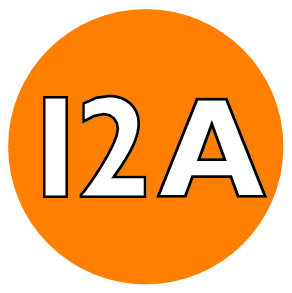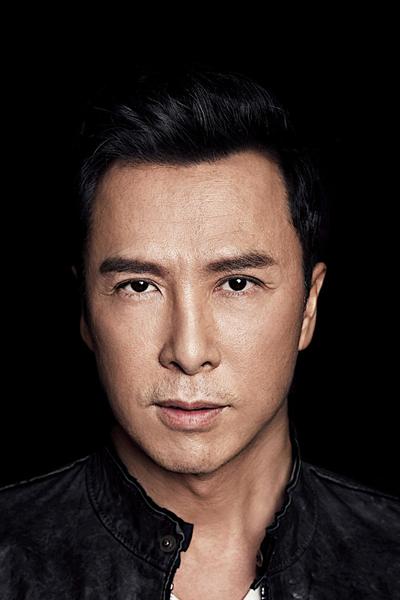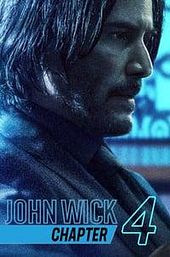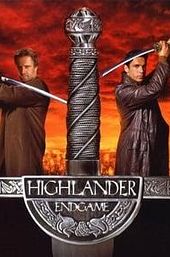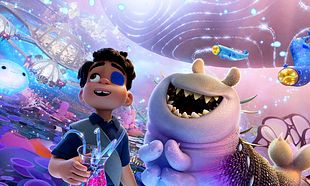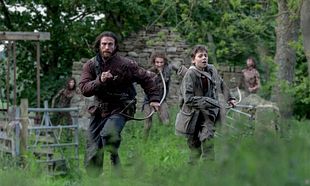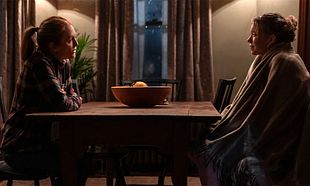Set before the events of A New Hope, a shiftless young woman (Felicity Jones) is recruited by the Rebel Alliance to help track down her father (Mads Mikkelsen), who's deeply involved with the creation of a terrifying new weapon that will change the galaxy forever - the Death Star.
Once the dust had settled and the hype faded, one of the main complaints levelled against The Force Awakens was that the film took too much from the original trilogy and didn't forge its own path. The response to this argument was that in order to return adult fans to the series, there had to be a link between the old and the new. In hindsight, it's clear now that Rogue One would have made for a bridge between the old trilogy and the new as it draws on the original while marking out new territory and new ideas for the franchise.
The film opens with Galen Erso (Mads Mikkelsen) and his wife (Valene Kane) hiding their daughter - who grows up to be Felicity Jones - from Imperial henchman Orson Krennic, played brilliantly by Australian actor Ben Mendelsohn. From this very first scene, it's made clear that while Rogue One may bear the Star Wars name, it is being shown from a perspective never seen before. Here, there is dirt, violence and moral ambiguity. The Empire is shown for what it is - a fascist dictatorship that reigns over the galaxy and uses brutal and uncompromising methods to impose its will. We see planets under the Imperial jackboot, dangerous alleyways, exotic locales and hives of scum and villainy.
What Gareth Edwards captures so well with Rogue One is that sense of scale, place and texture that made the originals so beloved. When we see the Death Star for the first time, it looks terrifying because the size and shape is there to see. Even though we know it's CGI and not the miniatures of old, it does have a realism to it. Moreover, when it fires for the first time, the entire cinema shakes with impact and we see the true power and horror that it can unleash. The battles - which are numerous throughout the film - come with real stakes, real consequences and a brutality and viciousness that hasn't been explored in Star Wars before. Edwards cited Black Hawk Down and Saving Private Ryan as touchstones when making the film and it really is clear just how much influence these films have had on the finished product. Throughout the film, we can feel the bumps and blasts because the film is grounded in both emotional context and a textured look.
For the most part, the cast works well together. Although Felicity Jones is front and centre on posters and the like, it's very much a group effort. Each of the characters are explored enough for us to get a read on them and they're varied enough to stand out. Donnie Yen's blind monk, Chirrut Imwe, is the standout performance of the group whilst Alan Tudyk's CGI robot, K-2SO, provides some well-earned laughs with some excellent deadpan deliveries. Mads Mikkelsen is effectively exposition, but gives good innings when he's brought in. Ben Mendelsohn, meanwhile, is perfect as the seething and petulant Krennic. However, there's other villains at play that tend to overshadow him, one of which is particularly distracting for a reason that'll become clear when you see the film. Forrest Whittaker's character is an interesting one and the relationship between him and Felicity Jones could have benefitted from more exploration. Likewise, Jones' character is given just enough screen-time to develop, but it's in between so much action and noise that it's overlooked somewhat.
When you boil it right down, Rogue One is a $200 million experiment to see if Star Wars can move away from the original tenets of what made it so beloved to see if it still works. Thankfully, it does - bar some well-meaning mistakes, but nothing too major. With heavy emphasis on the Wars part, Rogue One: A Star Wars Story is a blast of action and entertainment in a year that's seen some other blockbusters implode.

